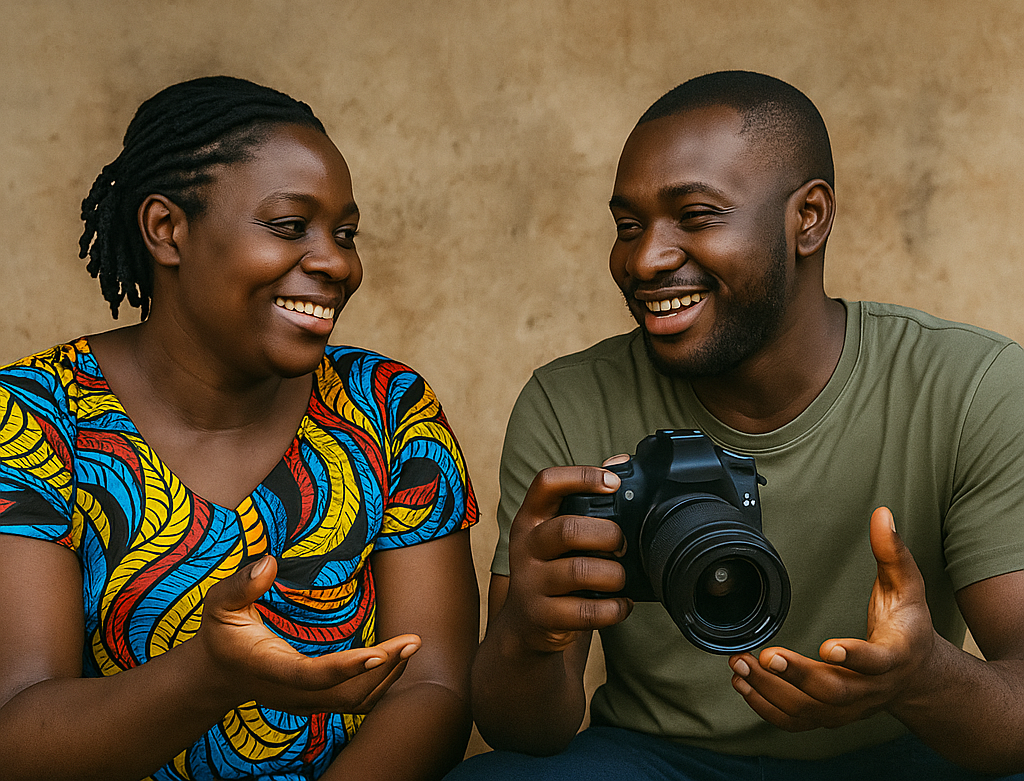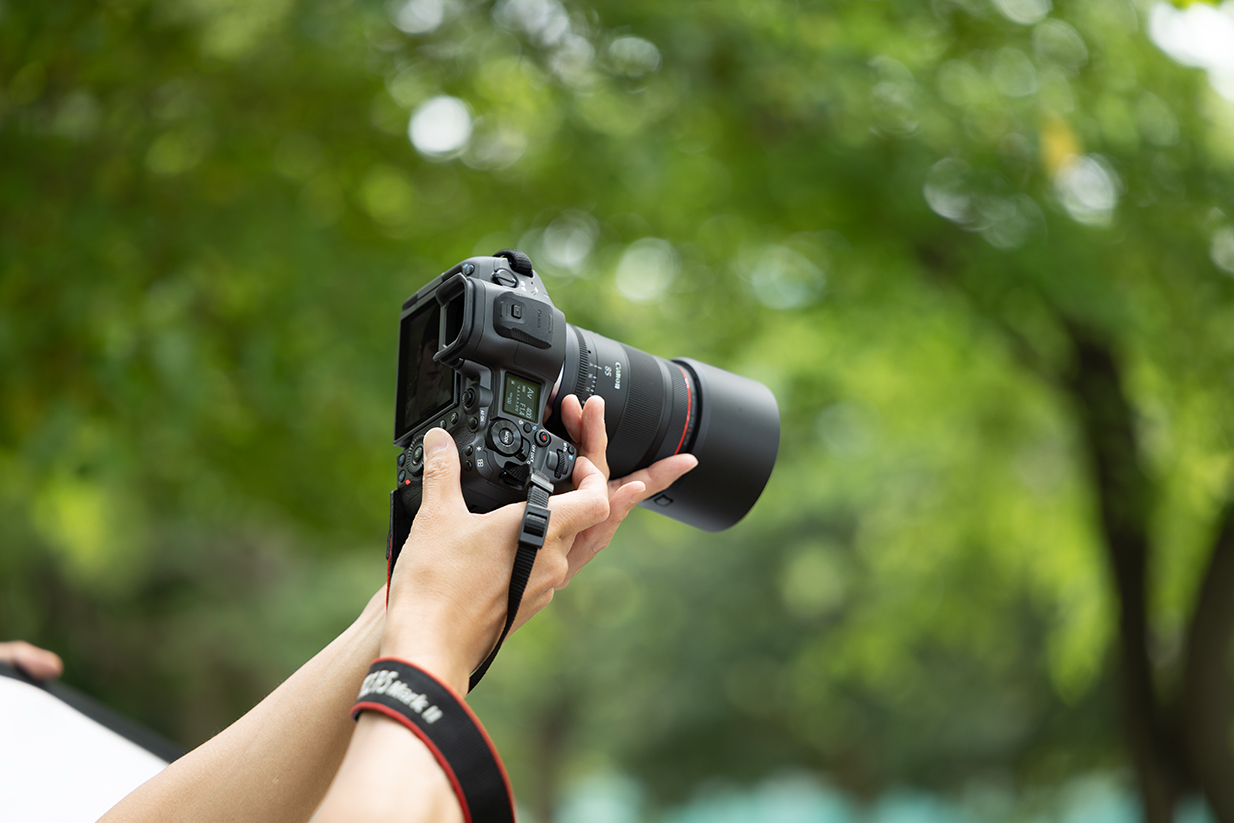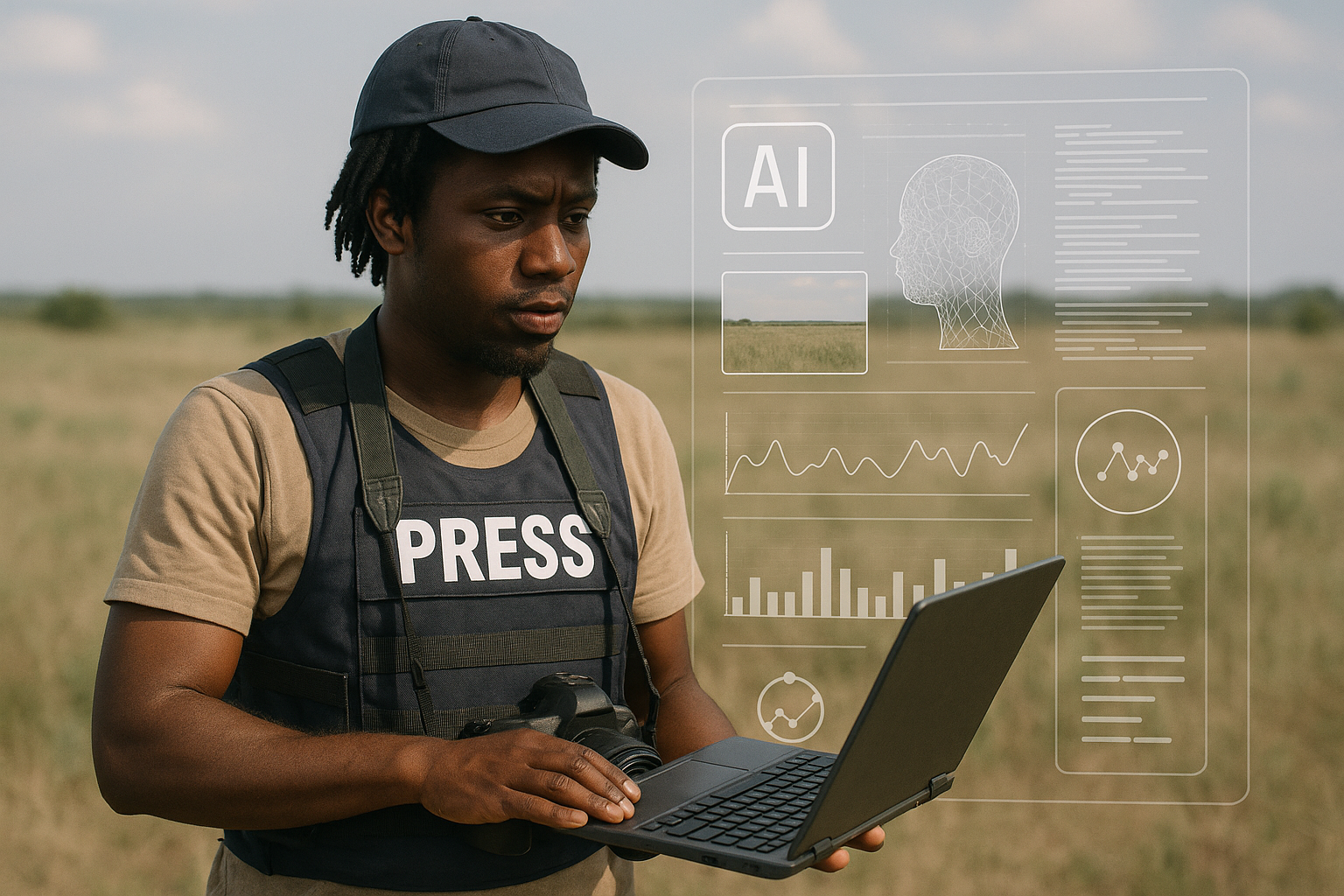By Etienne Mainimo Mengnjo
Photography has been turning heads and shaking up society since it burst onto the scene over 175 years ago. In 2025, it has evolved into more than just a craft; it’s a full-blown cultural giant that rewires how we connect, create, and even think. From viral selfies to AI-generated dreamscapes, this visual powerhouse dominates the image-obsessed world.

Social media serves as the beating heart of this revolution. Platforms like Instagram, Facebook and Snapchat are not merely apps; they are the Wild West of self-expression where anyone with a smartphone can play the role of auteur. Forget typing out your feelings; a single snap conveys emotions more powerfully and instantly.
Scrolling through your feed immerses you in a diversity of lives—heart-wrenching breakups, goofy pet moments, or that perfectly plated avocado toast. Each photo tells a story, serving as a raw, unfiltered portal into someone’s world, requiring no translation.
However, the impact of photography goes beyond mere self-promotion. It acts as the ultimate wingman for empathy in our globalized chaos. A single image—a starving polar bear on a shrinking ice cap, a war-torn street, or a child’s smile in a refugee camp—can awaken you to issues occurring half a world away.
Photography serves as a unifier and a megaphone for causes like climate change and human rights, cutting through borders and distractions with surgical precision. Moreover, it acts as a time capsule, preserving the grit, glamour, and quirks of our era for future generations to explore.
In the high-stakes world of advertising, photography is the ace up every marketer’s sleeve. Want to sell a pair of shoes or a craft cocktail? A drool-inducing, high-resolution shot is your ticket to consumers’ wallets.
Influencers have become professional photographers, transforming their feeds into billboards that scream “buy this!” Visual storytelling is not just a buzzword; it’s the engine driving billions in sales, with every pixel meticulously crafted to engage audiences.
Selfies, often dismissed as narcissistic, represent a cultural tsunami. In 2025, everyone is a curator of their own digital museum. That mirror snap with the perfect filter is not just a photo; it’s a manifesto of identity—who you are or who you wish to be perceived as. From teenagers to CEOs, selfies blend self-expression with a hint of self-obsession, all wrapped in a glossy, shareable package.
As an art form, photography serves as a playground for dreamers. It’s no longer just about capturing reality; it’s about bending it. Photographers weave visual symphonies, transforming a rainy alley or a stranger’s glance into pure poetry. Whether through gritty street shots or surreal studio setups, the camera becomes a brush, and the world is the canvas.
Technology has been the ultimate game-changer for photography. Smartphones and digital cameras have turned everyone into a potential Ansel Adams, with editing apps like Photoshop and others elevating shaky night shots to museum-quality pieces. Filters act as magic wands, allowing users to tweak reality to match their desired vibe.
Moreover, AI is rewriting the playbook. Modern cameras utilize algorithms to optimize exposure, recognize scenes, and correct blurry images in real time. Cutting-edge AI tools can conjure hyper-realistic images from mere text prompts. Type “futuristic city at sunset,” and you’ll receive a masterpiece that appears to have been crafted by a professional.
From personal devices to the global arena, photography is the most valuable player (MVP) of contemporary life. It shapes how we connect, compete, market, and envision our dreams. It serves as the adhesive that unites us, the catalyst that drives sales, and the lens through which we see our identities.
As technology continues to advance—think more intelligent AI, innovative cameras, and unpredictable developments—this visual revolution is gaining momentum. Get ready, because the future of photography promises to be an exhilarating, image-filled journey.

